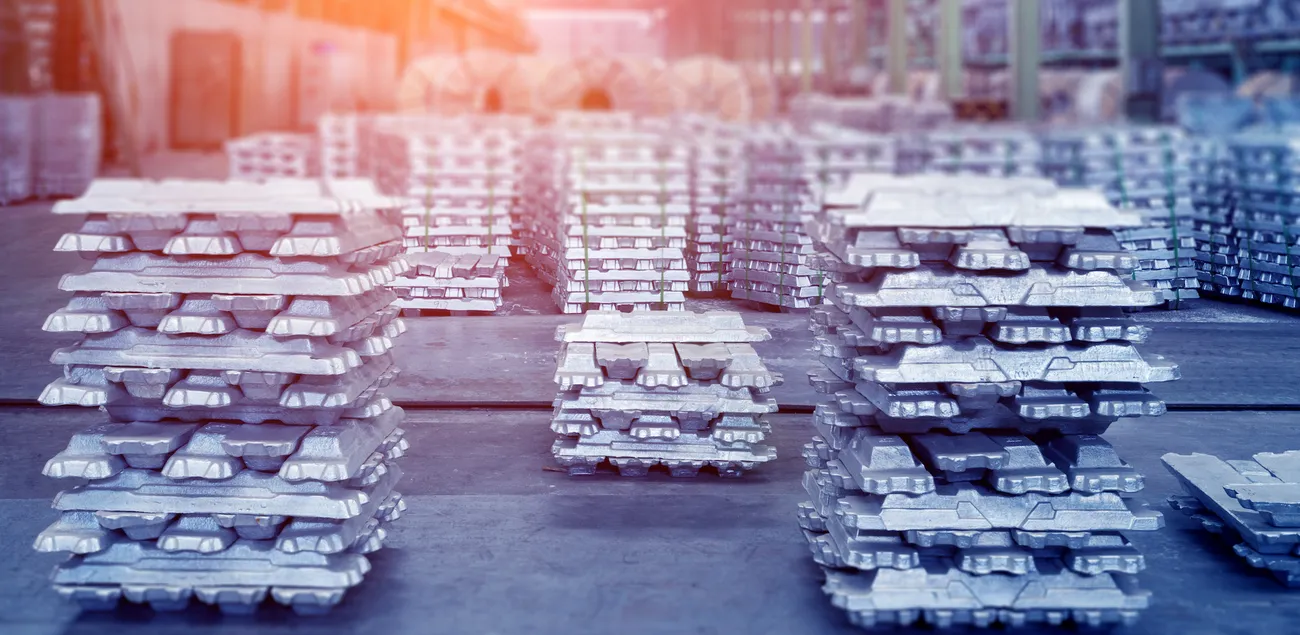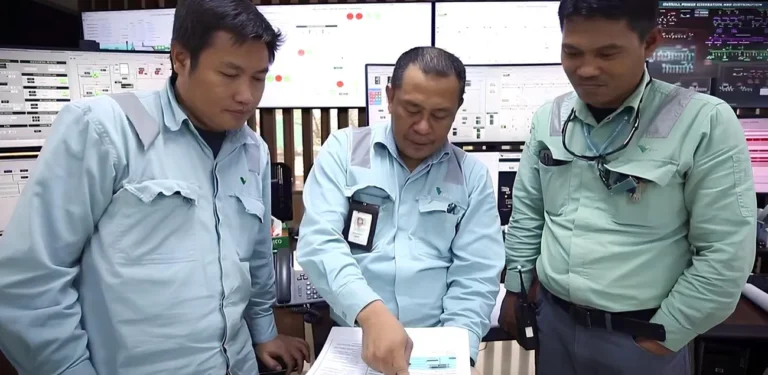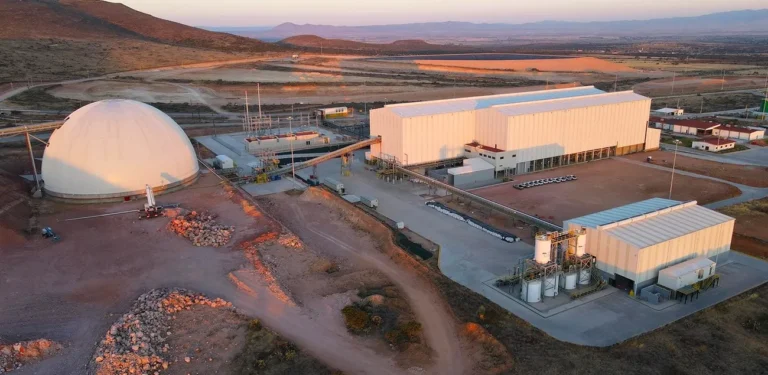
China, the world’s largest consumer and producer of aluminium, imported 350,000 metric tonnes of unwrought aluminium and aluminium products in May 2025, marking a 14.7% increase year-on-year, according to data from the General Administration of Customs. The surge comes amid shifting global trade flows, robust domestic demand, and a strategic focus on raw material security. However, cumulative imports for the first five months of the year were down 6.9% at 1.67 million tonnes, reflecting a volatile market shaped by policy shifts and supply chain adjustments.
Bauxite Imports Hit Record Highs Amid Raw Material Push
The most striking development is the continued surge in bauxite imports, which soared 29.4% year-on-year in May to 17.51 million tonnes. From January to May, China imported 85.18 million tonnes of bauxite, a 33.1% increase compared to the same period in 2024. This trend underscores China’s determination to secure feedstock for its vast aluminium smelting sector, especially as domestic bauxite reserves are limited and the country faces ongoing supply risks from major exporters such as Guinea and Australia.
China’s Ministry of Industry and Information Technology has set ambitious targets to increase domestic bauxite reserves by 3–5% and to boost recycled aluminium output to over 15 million tonnes by 2027. The recent surge in bauxite imports is partly a response to Indonesia’s export ban and ongoing geopolitical uncertainties, prompting Chinese buyers to diversify sources and increase stockpiling.
Aluminium Market Dynamics: Imports, Production, and Policy
The year-on-year jump in aluminium imports for May follows a period of fluctuating trade. Imports had declined 3.8% in April, but rebounded sharply in May as traders responded to shifting arbitrage opportunities and tightening global supply. The data includes both primary and alloyed unwrought aluminium, reflecting China’s need for both raw metal and semi-finished products to feed its manufacturing sector.
Despite the May surge, total aluminium imports for January–May remain lower than last year, highlighting the impact of earlier policy changes and market adjustments. In December 2024, China scrapped a 13% export tax rebate for aluminium products, aiming to retain more metal for domestic consumption. Meanwhile, Beijing’s cap on primary aluminium production—set at 45 million tonnes—has left little room for further expansion, with capacity utilization already exceeding 98%. As a result, the sector is increasingly focused on boosting recycling rates and relocating smelters to regions with abundant renewable energy, such as Yunnan and Inner Mongolia, to meet new green production targets.
Aluminium and Bauxite Market Overview
Aluminium is a critical material for construction, transport, packaging, and the energy transition, with China accounting for roughly 60% of global primary output. The country’s appetite for bauxite—its main raw material—has made it the world’s largest importer, with Guinea, Australia, and Indonesia serving as the top suppliers. Recent years have seen a dramatic increase in bauxite imports as China seeks to insulate itself from supply shocks and ensure stable feedstock for its smelters.
Global aluminium prices have remained volatile in 2025, trading between $2,100 and $2,400 per tonne, as supply chain disruptions and shifting trade policies continue to reshape the market. China’s ongoing efforts to green its aluminium industry and secure raw materials are expected to remain key drivers of global supply and demand dynamics.
Company Background and Market Context
China’s aluminium sector is dominated by state-owned giants such as China Hongqiao Group and Aluminum Corporation of China (Chalco), which together account for a significant share of global output. The industry has undergone rapid consolidation and technological upgrading, with a growing emphasis on low-carbon production and supply chain resilience. Major producers are investing in new smelters powered by hydropower and expanding recycling operations to align with government policy and global market trends.



